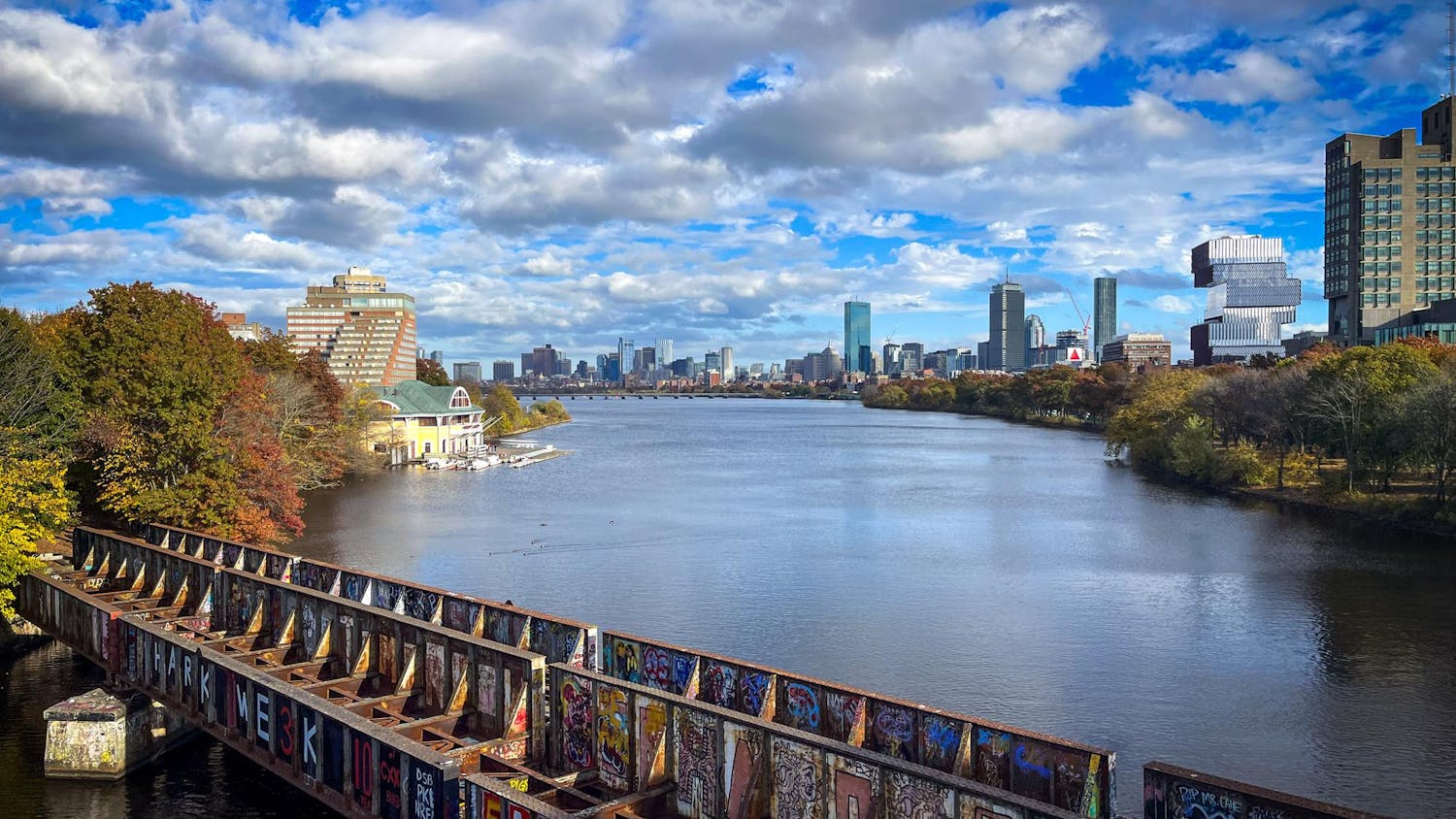This past weekend, I decided to visit a neighborhood I’ve never been to before — Jamaica Plain. I’ve always been intrigued by its name — why is a neighborhood in Boston named Jamaica? Plus, one of my best friends is from there and raves about how much she loves it. Getting to Jamaica Plain is a bit of a trip; it took me a bit more than 45 minutes each way. If you are interested in visiting, you can hop on the Green Line at the Medford/Tufts Station, take it to North Station, then transfer to a Forest Hills-bound Orange Line train and get off at Green Street. From the Green Street Station, it’s about a 10-minute walk to the core commercial area of Jamaica Plain.
The story of how Jamaica Plain got its name is not as simple as I expected it to be. According to the Jamaica Plain Historical Society, four hypotheses exist for the neighborhood’s namesake. First, it is thought that the neighborhood derives its name from the island of Jamaica, as the neighborhood was established back in the mid-1600s when Jamaica was recently colonized by the British. The second hypothesis is that a wife, in tracking down her husband who was supposedly on a trip to the island of Jamaica, eventually made her way to Boston. One thing led to another, and the area became Jamaica Plain. The third theorizes that Native Americans purchasing Jamaican rum from stores in the area developed an affinity for the name. The fourth is that a Native American woman named Jamaco, which was misheard for Jamaica, resided in the area. If I had to guess, I’d say the first hypothesis sounds the most realistic to me.
Since its establishment, the neighborhood has gone through a number of demographic changes. Originally a rural community, the construction of public transportation in the area turned Jamaica Plain into a more suburban and middle class locale. In the 1920s, the area industrialized, and the neighborhood became more populated by the working class. Beginning in the 1940s and stretching into the 1960s, Boston had plans to build a massive highway straight through Jamaica Plain. Thankfully, the highway was never built, but land was cleared in preparation for its construction, which saw the departure of numerous middle class, white families from the area. Following this exodus, many lower-income immigrants and minority groups took their place. However, in recent years, Jamaica Plain has undergone extensive gentrification as primarily young and white people have returned to the neighborhood.
As I walked down Centre Street, the main drag of Jamaica Plain, I stopped in at City Feed and Supply to get a coffee and did a little thrifting at Goodwill and Diversity Consignment. I love getting to explore new thrift stores in the Boston area. After making my way through the commercial parts of the neighborhood, I turned onto a side street and passed by a number of beautiful, historic homes. Despite all the changes Jamaica Plain has gone through, some of the old Victorian architecture still remains. I eventually made my way to Jamaica Pond, where I did a loop and then headed back to the T.
With its rich history, beautiful architecture and great restaurants, I highly recommend making a trip to Jamaica Plain.






